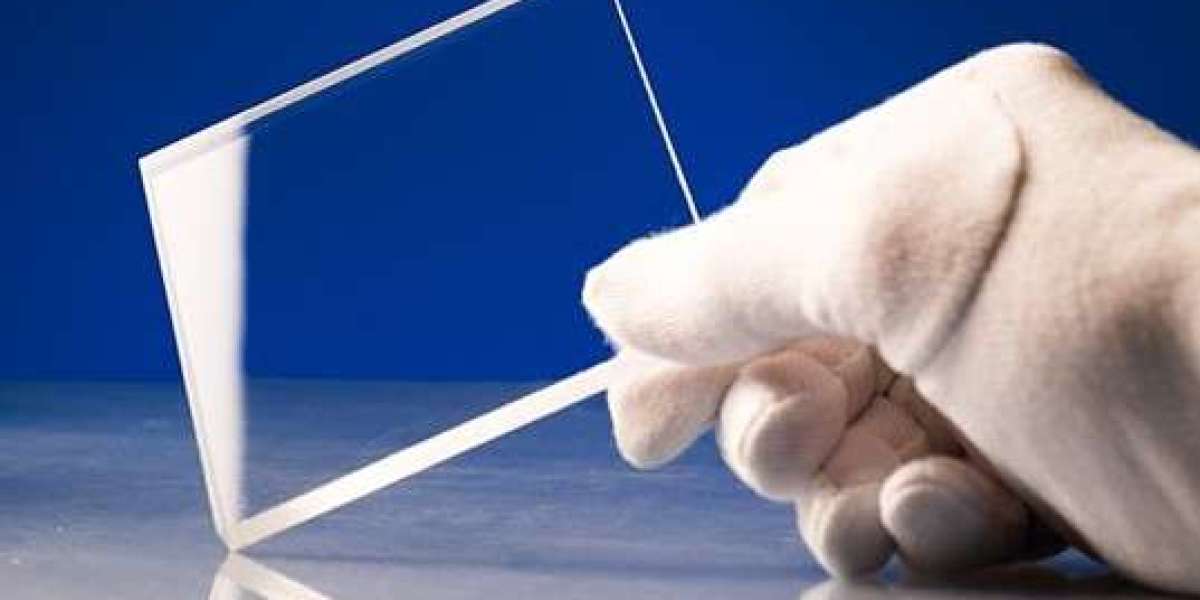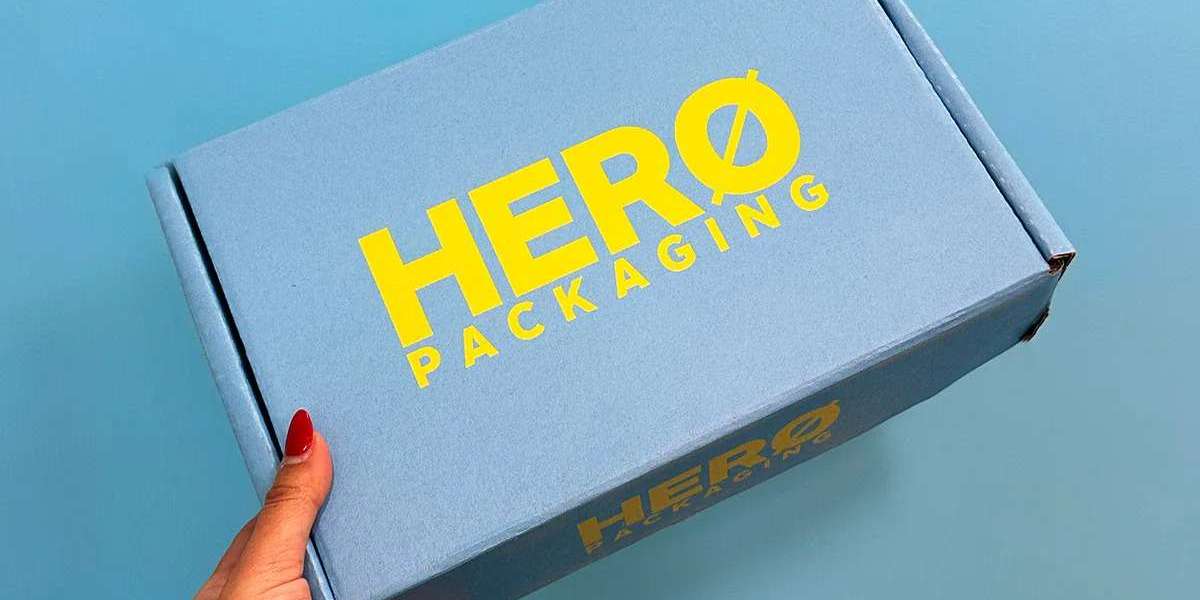How Dichroic Glass is Made: From Metal Oxides to Magic
Dichroic Glass has a way of capturing the eye and holding attention. With its shimmering, color-changing surface and luminous depth, it feels almost magical. But behind that magic lies a fascinating blend of science, technology, and artistic mastery. From aerospace innovations to handmade jewelry, Dichroic Glass has found a unique place in both industry and art.
But what exactly is Dichroic Glass? How is it made? And why does it look so different from ordinary glass?
In this article, we’ll break down how Dichroic Glass is created—starting from raw glass and metal oxides to the dazzling, multicolored finishes that make it so special.
What is Dichroic Glass?
Dichroic Glass is a type of glass that displays two or more different colors depending on the lighting conditions and the angle from which it is viewed. This isn't due to pigments or dyes but rather to the optical properties of ultra-thin metal or oxide layers applied to the surface of the glass.
The term "dichroic" comes from the Greek word dikhroos, meaning "two-colored." In practice, Dichroic Glass can reflect one color while simultaneously transmitting another, giving it a dynamic, shifting appearance that has captivated artists, designers, and engineers alike.
A Brief History of Dichroic Glass
Although Dichroic Glass may seem like a modern invention, its roots can be traced back to ancient times. The most famous example is the Lycurgus Cup, a Roman artifact from the 4th century AD that appears green when lit from the front and red when lit from behind. This early example of dichroism occurred due to the presence of tiny particles of gold and silver in the glass.
Fast-forward to the 20th century, and Dichroic Glass re-emerged through the work of NASA and other aerospace agencies. It was developed for use in optical filters, heads-up displays, and space suit visors due to its ability to manage light and radiation effectively. Artists later adapted this technology for decorative and expressive uses.
The Science Behind the Magic: Thin-Film Optics
At the heart of Dichroic Glass is a scientific principle known as thin-film interference.
Instead of using traditional colorants or pigments, Dichroic Glass achieves its color-changing properties through a physical process: the application of multiple microscopic layers of metal oxides onto the surface of the glass. These layers are so thin—often less than 100 nanometers thick—that they interfere with light passing through them.
When light hits these layers, some of it reflects off the top surface, and some penetrates and reflects off lower layers. As the light waves bounce back and interact, they either amplify or cancel each other out depending on their wavelength and angle—this creates the vivid, shifting colors unique to Dichroic Glass.
How Dichroic Glass is Made: Step-by-Step
The manufacturing process of Dichroic Glass is highly technical and requires precision equipment. Here’s a breakdown of the key steps involved:
1. Choosing the Base Glass
The process begins with high-quality clear or black glass sheets, which serve as the substrate. These sheets are typically made from borosilicate or soda-lime glass, depending on the intended application.
2. Cleaning the Glass
Before any coating can be applied, the glass must be meticulously cleaned. Any dust, oil, or residue can interfere with the adhesion and uniformity of the metal oxide layers. Ultrasonic cleaning or chemical baths are often used to achieve an ultra-clean surface.
3. Loading into the Vacuum Chamber
The cleaned glass sheets are loaded into a vacuum chamber. This chamber is evacuated to remove air and moisture, creating a controlled environment for coating.
4. Metal Oxide Deposition via Electron Beam Evaporation
Inside the vacuum chamber, various metal oxides (such as titanium dioxide, silicon dioxide, magnesium fluoride, or zirconium oxide) are vaporized using a process called electron beam evaporation. The metal oxide materials are heated with a focused electron beam until they vaporize.
These vaporized atoms travel through the vacuum and condense onto the surface of the glass in extremely thin layers.
5. Layering for Interference Effects
To create the dichroic effect, 30 to 50 or more alternating layers of different metal oxides are deposited onto the glass. Each layer is precisely controlled in thickness—just a few nanometers—to manipulate how light interacts with the surface.
The combination of materials and their arrangement determines the final color shift and optical performance.
6. Cooling and Removal
Once the layering is complete, the glass is cooled, removed from the chamber, and inspected for quality. At this point, it already exhibits its dichroic properties.
Types of Metal Oxides Used
Different metal oxides are chosen based on their refractive indices and how they affect light. Some common ones include:
Titanium Dioxide (TiO₂): High refractive index, contributes to vibrant reflection.
Silicon Dioxide (SiO₂): Used to create spacing between layers.
Magnesium Fluoride (MgF₂): Helps control reflectivity.
Zirconium Oxide (ZrO₂): Adds durability and influences color shift.
The exact formula can be adjusted to fine-tune the reflective colors—from deep blues and purples to fiery reds and golds.
Artistic Applications of Dichroic Glass
While the origins of Dichroic Glass are rooted in science and technology, its visual appeal quickly captured the imagination of artists and craftspeople.
Jewelry Making
Dichroic Glass is widely used in handmade jewelry, such as pendants, earrings, and rings. The way it reflects and transmits light makes each piece unique and eye-catching.
Glass Fusing
Artists often combine Dichroic Glass with other glass types in kiln-fusing projects. The result is layered, textured glass art that seems to glow from within.
Sculpture and Installations
Larger panels of Dichroic Glass are used in installations, lighting fixtures, and architectural accents. In public art, it adds movement and light play to otherwise static forms.
Industrial and Scientific Uses
Beyond art, Dichroic Glass continues to serve important roles in technology and science:
Optical Filters: Used in cameras, microscopes, and sensors.
Laser Protection: Certain coatings block specific laser wavelengths.
Astronomical Instruments: Helps manage light for telescopes and imaging.
Aerospace Visors: Protects astronauts’ eyes from harmful rays and glare.
Its ability to control specific light frequencies while remaining transparent makes it invaluable in precision optical systems.
Why Dichroic Glass is So Unique
What truly sets Dichroic Glass apart is the way it engages with light. Unlike stained or tinted glass, which absorbs certain wavelengths, Dichroic Glass manipulates light through structure, not pigment. This gives it:
Vivid, shifting colors based on angle and light source.
Luminosity that changes with background or surrounding materials.
High-tech beauty that blends science with artistic potential.
Each piece of Dichroic Glass is not only beautiful but also a marvel of engineering.
Care and Handling of Dichroic Glass
Dichroic Glass may be durable, but it's important to handle it with care:
Avoid harsh abrasives or chemicals that could damage the coating.
Use soft cloths to clean the surface.
Store pieces properly to prevent scratches or chipping.
When incorporated into fused glass, the dichroic layer is often protected under clear glass, making it more resistant to wear.
Conclusion: From Metal Oxides to Magic
The creation of Dichroic Glass is a perfect fusion of science and art. It begins with metal oxides and precision engineering in a vacuum chamber—and ends with a material that seems to glow and change before your eyes. Whether admired in a fine art gallery or worn as a handmade pendant, Dichroic Glass never fails to leave a lasting impression.
Its origins in aerospace technology, its roots in ancient history, and its place in modern design all tell a story of innovation and wonder. For artists and scientists alike, Dichroic Glass is a shining example of what happens when technology meets creativity.














